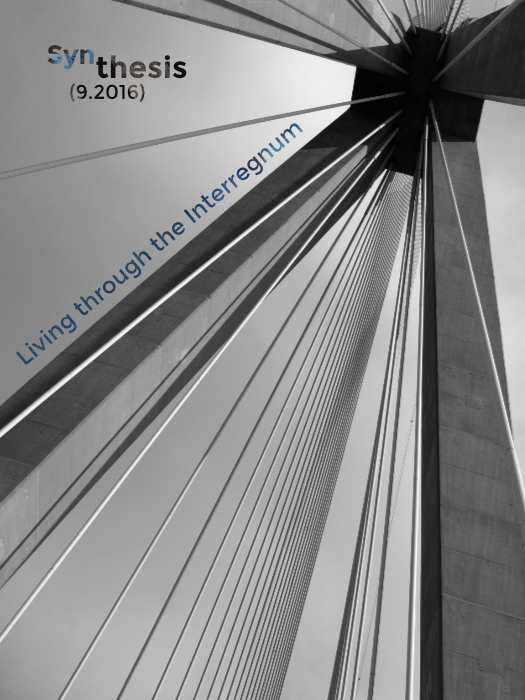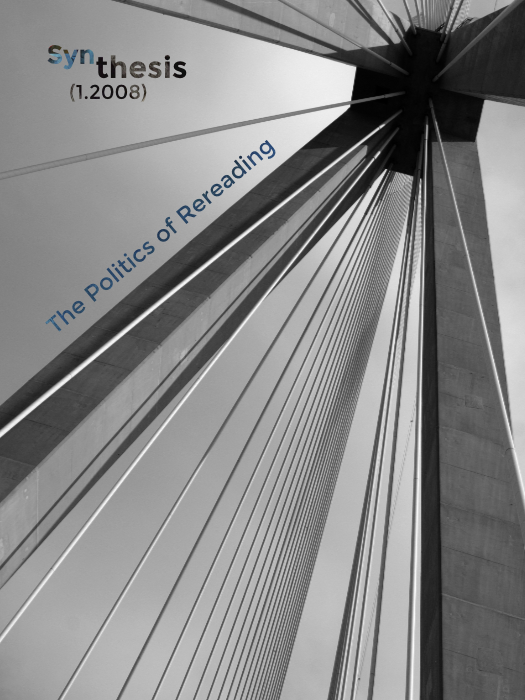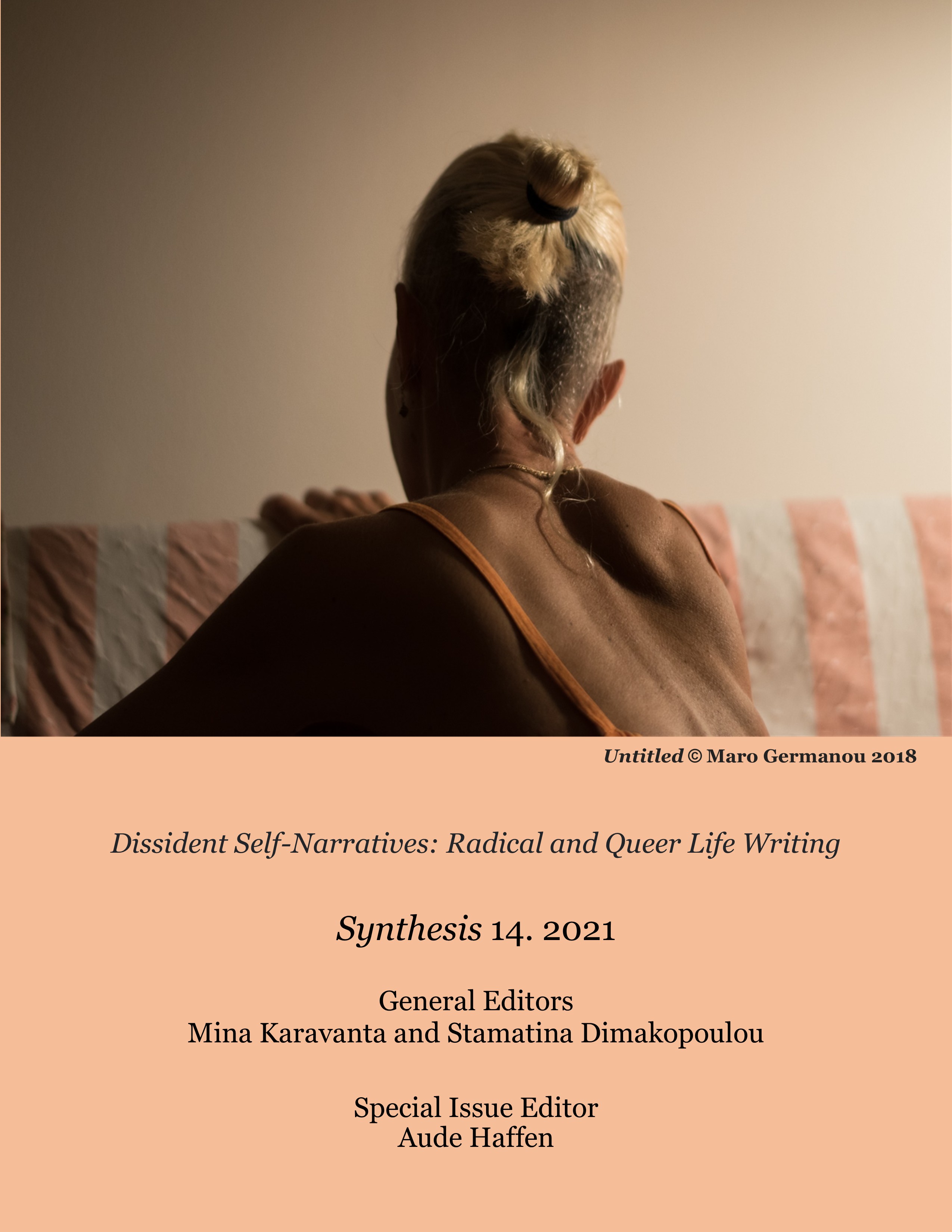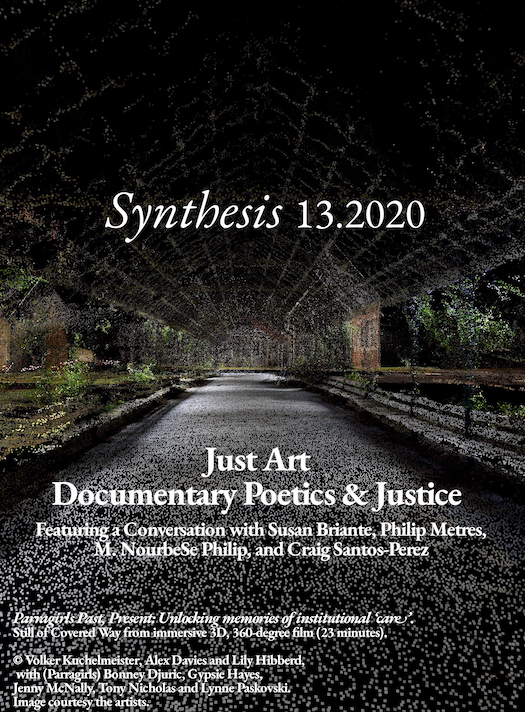Into the Interior of Cultural Affiliations: Joan Anim Addo’s Imoinda and the Creolization of Modernity
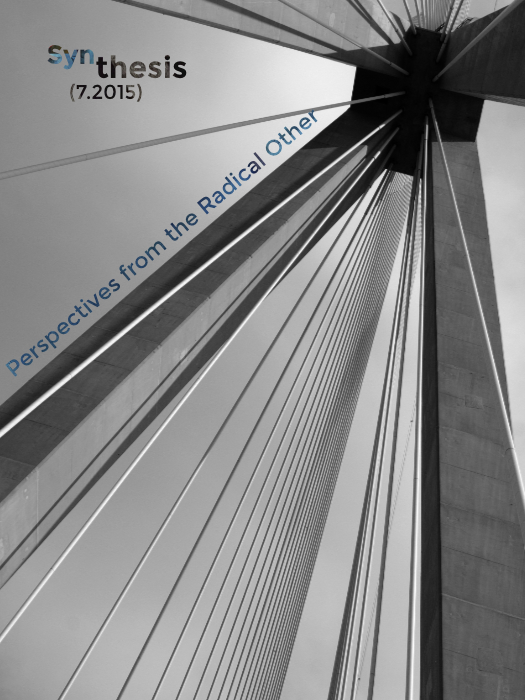
Abstract
If creolization was represented as the property of the postcolonial world, the sign of hyphenated cultures emerging from the slave plantation economy and the slave trade, it has become a concept that names the transformation of the dominant cultures from within the other “minor” cultures and histories with which they have been living. Creolization emerges as the urgency to develop new concepts and disseminate “contrapuntal” and “affiliated” histories (Said) in order not only to narrate the Caribbean diaspora but also the social, political, and historical development of a wider British culture. In this light, this essay examines Imoinda: Or She Who Will Lose Her Name as a text that mediates between cultures represented as oppositional and operates as a site where their discrepant histories are translated, written anew, and rethought. The text as a site of translation and affiliation of different aesthetics, genres and traditions represents a new poetics of the human whose history is now narrated by the formerly dispossessed and expropriated other. The history of imperialism and slavery narrated of imperialism and slavery is an old narration but its telling is new for it generates new ways of understanding this history in the present where constituencies and communities of different cultural practices, often speaking different languages while sharing the language(s) of the dominant culture, are called forth to live together and live well.
Article Details
- Section
- Articles

This work is licensed under a Creative Commons Attribution 4.0 International License.
The copyright for articles in this journal is retained by the author(s), with first publication rights granted to the journal. By virtue of their appearance in this open access journal, articles are free to use with proper attribution. Synthesis retains the worldwide right to reproduce, display, distribute, and use published articles in all formats and media, either separately or as part of collective works for the full term of copyright. This includes but is not limited to the right to publish articles in an issue of the Journal, copy and distribute individual reprints of the articles, authorize reproduction of articles in their entirety, and authorize reproduction and distribution of articles or abstracts thereof by means of computerized retrieval systems.




